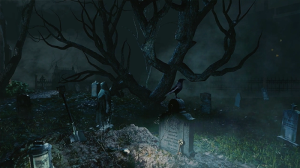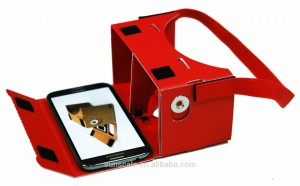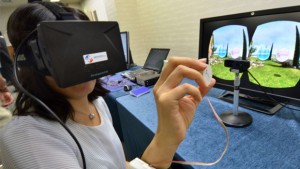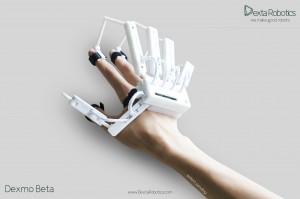Sleepy Hollow: A success VR story
A visually stunning film without a good scenario can be a flop or even a blockbuster success. However, things are quite different in virtual reality. The narrative should be the main focus of any Virtual Reality project because that is the only way that this new kind of virtual entertainment can survive and flourish. As James Milward, founder and executive producer of Secret Location and Emmy winner for the Sleepy Hollow VR experience, stated in an interview for BBC: “Bad content will ‘destroy’ the virtual reality industry”. This is a blunt but honest statement since VR will never evolve if it does not cease to advertise itself as a sidekick attention-grabber to films, series and games. To centralize itself in the entertainment sector, the production companies should invest in the narrative and should investigate the ways that the users’ are stimulated by the input that they are offered.
For the sake of mapping out the right processes to reach the ultimate immersion in VR, let’s take the most successful example and use it as a case study. Sleepy Hollow VR is not the average VR video since its narrative storyworld is already built thanks to the series (2013-present) broadcasted by Fox. Therefore, the VR experience aims to excite the existing viewers but simultaneously intrigue prospective fans. In order to understand the successful recipe of Sleepy Hollow, we have to observe how our brain receives the stimuli and how the human psych is influenced. First of all, by wearing the headset, the user enters a different world and thus his/her brain and particularly his/her Neocortex activates the Hippocampus which is responsible for spatial mapping and memory creation. In other words, the brain tries to familiarize itself with the uncharted territory by creating a visual mindset.
Next, Ichabod Crane, the protagonist of the actual series, appears and begins structuring the narrative. By warning the user of the existence of the Headless Horseman, the character recognizes the user and incorporates him in the story. Therefore, the user forms his/her own social and self presence in the virtual world by recognizing himself/herself and the character he/she encounters in VR. After the mapping and presence formation, the deep immersion begins where the user interacts with the surroundings as of the context is real and thus feelings are triggered such as fear and anxiety. A huge role in the stimulation of these feelings has the sound localization such as the subtle vintage music, the horse galloping, the heavy footsteps and the bats sudden screeching.
 All the above well-structured elements achieve the highest level of immersion when the Headless Horseman appears and beheads the user. The story may not be real but the astonishment cause by his action proves that if our brain is convinced of the reality of a situation, then our reactions are stronger and with various implications on behaviour, memory and the experience on the whole. Therefore, if the memories stored in the Neocortex (after being formed in the Hippocampus) are realistic enough, then the brain can confuse the real and the virtual. In the long run, this can only mean that the users may treat virtual reality as another part of their lives and not as something artificial. However, this is kind of far-fetched but in the present, but a positive virtual reality experience for the users, can create a new norm that will seek for virtual thrills. And as always if there is demand, more supply will come as well.
All the above well-structured elements achieve the highest level of immersion when the Headless Horseman appears and beheads the user. The story may not be real but the astonishment cause by his action proves that if our brain is convinced of the reality of a situation, then our reactions are stronger and with various implications on behaviour, memory and the experience on the whole. Therefore, if the memories stored in the Neocortex (after being formed in the Hippocampus) are realistic enough, then the brain can confuse the real and the virtual. In the long run, this can only mean that the users may treat virtual reality as another part of their lives and not as something artificial. However, this is kind of far-fetched but in the present, but a positive virtual reality experience for the users, can create a new norm that will seek for virtual thrills. And as always if there is demand, more supply will come as well.











